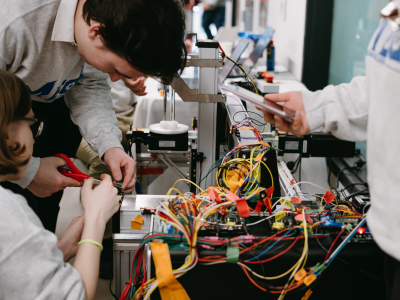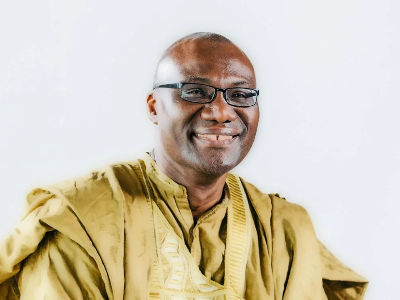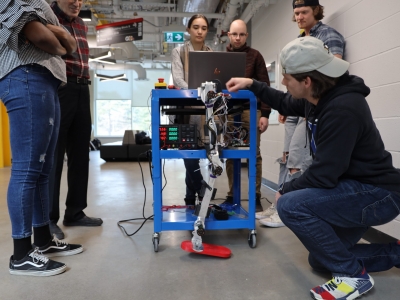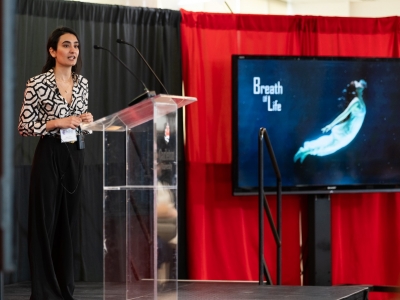Carleton University’s Azrieli School of Architecture and Urbanism hosted its 50th anniversary event on Oct. 4 and 5, 2018, reunited dozens of alumni from all over the world.
FORWARD►50 celebrated the Architecture program with several presentations, workshops, exhibits, alumni-led tours of the school, and the launch of the 18th annual student-produced journal Building 22.
A panel titled The Spirit of Things Past, The Shape of Things to Come gathered alumni in the Architecture Building’s “Pit” to chat about past experiences.
“It was incredible, it was scary, it was brutal,” said Chris Leggett, BArch/74, “but mostly fun and sometimes exhilarating when somebody eventually saw what you were trying to do and rewarded you, told you what a good thing you had done.”
In sequence of their graduation dates, five alumni panelists addressed the future trajectory of architectural education while reminiscing about their time at Carleton. Audience members, a mixture of family, faculty and current students, added their own impressions of the school.
“I’m not sure we as architects are doing enough to let people know all the things and values we bring to communities,” said Legget.
Architects and educators have to grapple with serious issues and he called on his peers to become more involved in civics and more visible in their communities. Architects need to be part of the policy-makers and to have seats at the decision-making table, he said.

Effecting Social Change
Yves Gosselin, a 1973 graduate and once a Carleton adjunct professor, described inaugural director Douglas Shadbolt’s plan to effect social change when the program began in 1968.
“Doug could be brutally honest and we were his first class,” said Gosselin. “He said: ‘You know, five per cent of you are going to be good designers; the rest of you are part of the support cast.’”
The idea was that these supporting roles were as important to the profession in Canada as the superstars.
“Doug Shadbolt wanted to educate people to be architects and then to place them in government, industry, schools,” said Gosselin.
Glen Milne, a co-founder of the School of Architecture and associate professor for more than 25 years, opened the panel with a history of the school’s genesis.
In the 1960s, Milne surveyed many Ontario university presidents and staff about the need for bachelor and master’s programs in Architecture. Along with colleagues from the Ontario Association of Architects (OAA), Milne sought to develop architectural education in city-based institutions. He made the case to then Engineering dean John Ruptash for launching a school at Carleton.
They couldn’t have appointed a better director than Shadbolt, said Milne.
“This building wouldn’t be here, this program wouldn’t be here, without Doug,” he said. “Doug knew how to fight the battle up there, in the Senate. He got this building from 37th on the priority list to number one in about 15 months.”
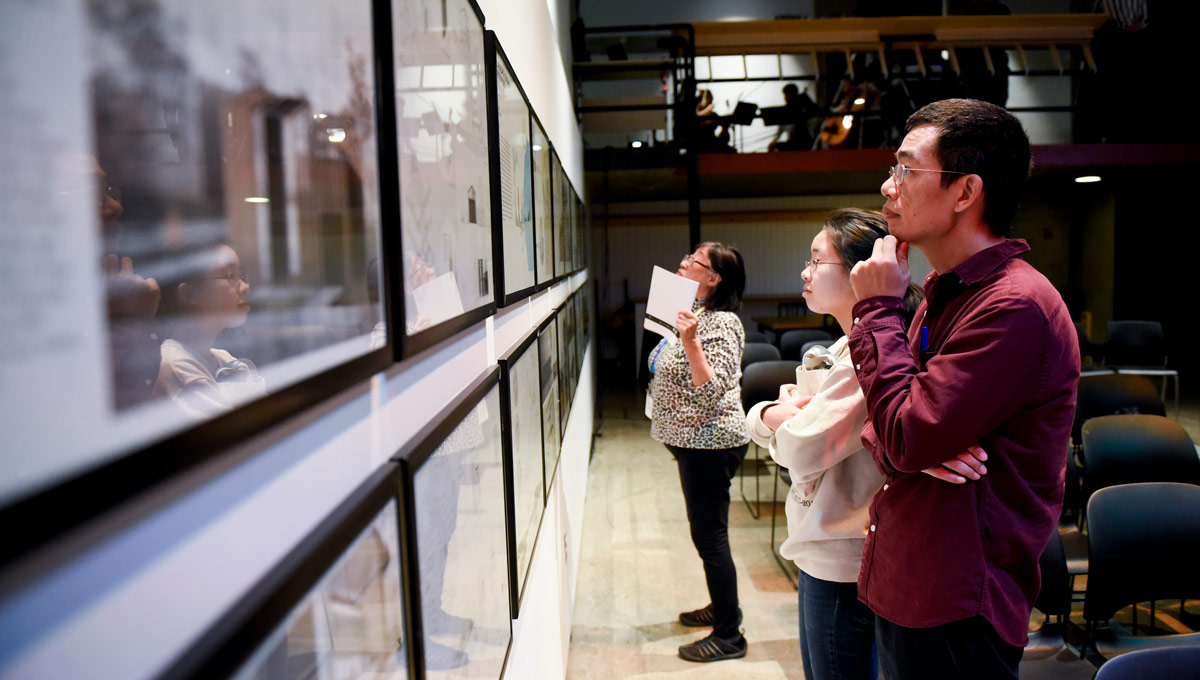
Defending Architectural Institutions
Terri Fuglem, a teacher, designer, and historian who received her BArch in 1984, called on architects to defend their institutions as world politics turn populist.
“It is time for architects and educators to promote serious, humble reflection on the work we need to do in immediate years,” she said. “We need to reconsider how architecture shapes our everyday rituals and routines, and the impacts of small habits in aggregate on society and the environment.”
Sybil McKenna, an architect educator at McGill University who received her BArch from Carleton in 1988, has seen high tech and the advent of architectural media change the profession.
“My classmates and I were really fortunate to attend a school that focused on creative thinking and problem-solving,” said McKenna. “Our projects were subject to easy ruin with late night ink and X-Acto knife disasters. However these were the means we had for exploring the problems.”
She warned that the industry’s shift away from hand drawings into slick digital renderings could replace the thought and hard work that goes into design. Working with materials and drawing by hand helps young architects develop their notion of making, said 2016 MArch graduate Savannah Alhaj.
“You’re still using technology, computational design and renderings but I think getting your hands dirty and understanding what you’re drawing helps,” she said.
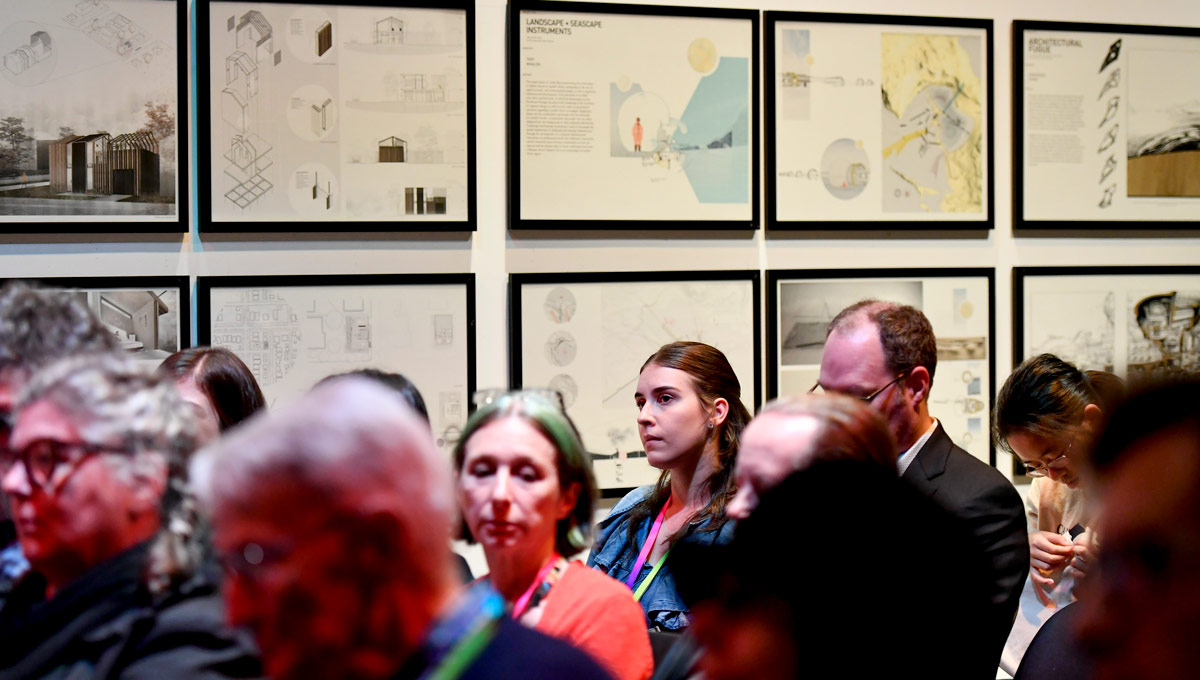
Rethinking What Architects Hope to Accomplish
The theme throughout the panel called on present professionals to rethink what they hoped to accomplish.
“What are we doing as architects?” asked Mohammed al Riffai. “What will our work look like 500 years from now?”
A BArch graduate from 2002, al Riffai said architects need to swing between being generalists — relating, empathizing and bringing everyone on board to create a common vision — and being passionate specialists who fight for the things that matter to them most.
“It’s really about finding a stability between the two,” he said.
Thursday, October 11, 2018 in Alumni, Architecture, Events
Share: Twitter, Facebook
